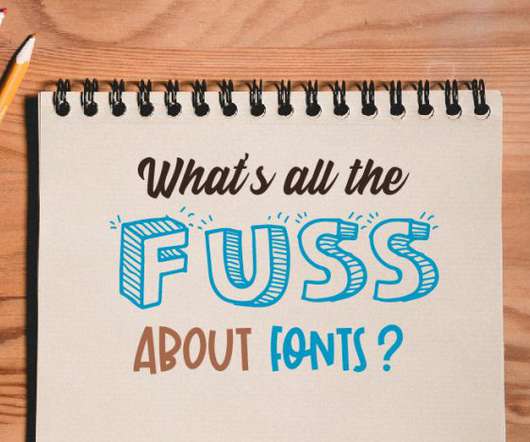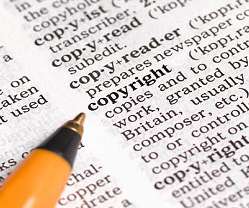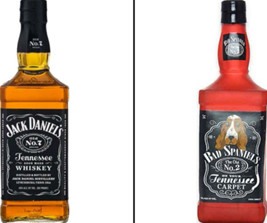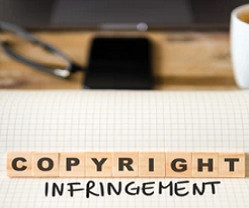[Guest Post] Long walk to copyright reform #9: The Copyright Amendment Bill ensures fair remuneration for South African creators and performers
The IPKat
APRIL 4, 2024
The MITT’s work led to amendment of the Copyright Act and Performers Protection Act 11 of 1967 in 2002 , which reintroduced an imperfect and weak needletime royalty system into the South African copyright regime. Indeed, the CAB lives up to its core objectives as set out in its long title.














Let's personalize your content